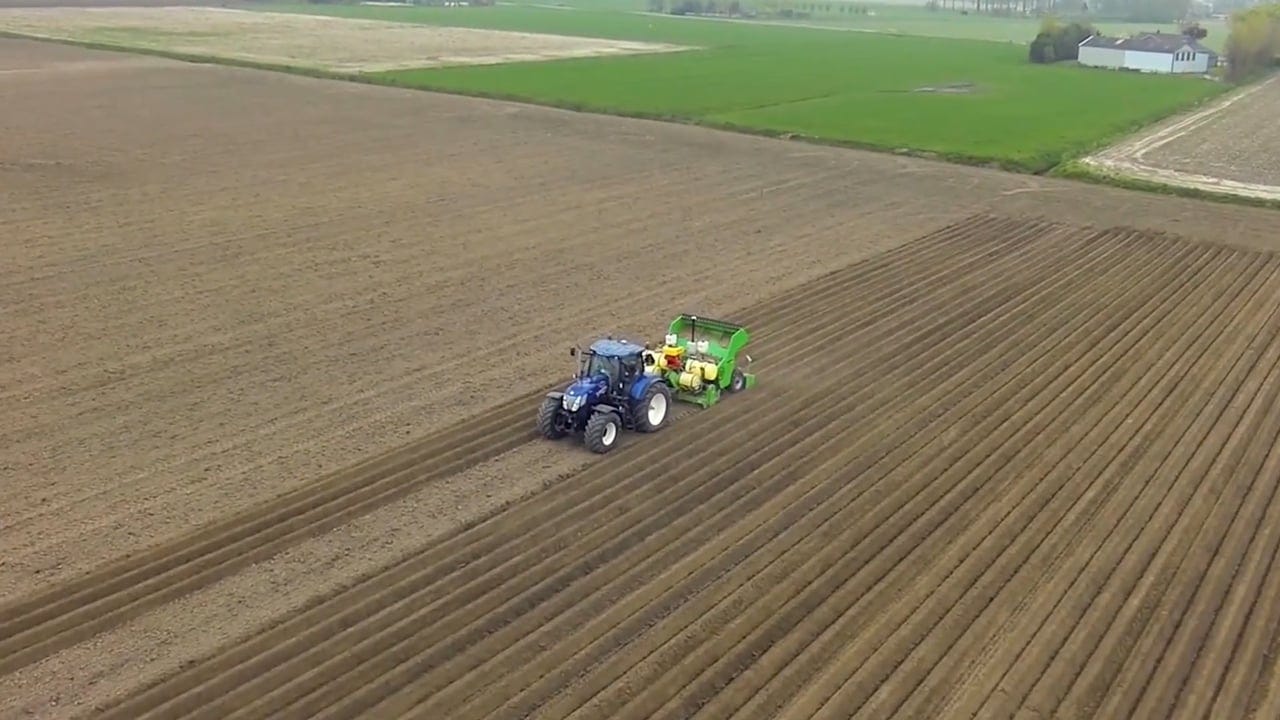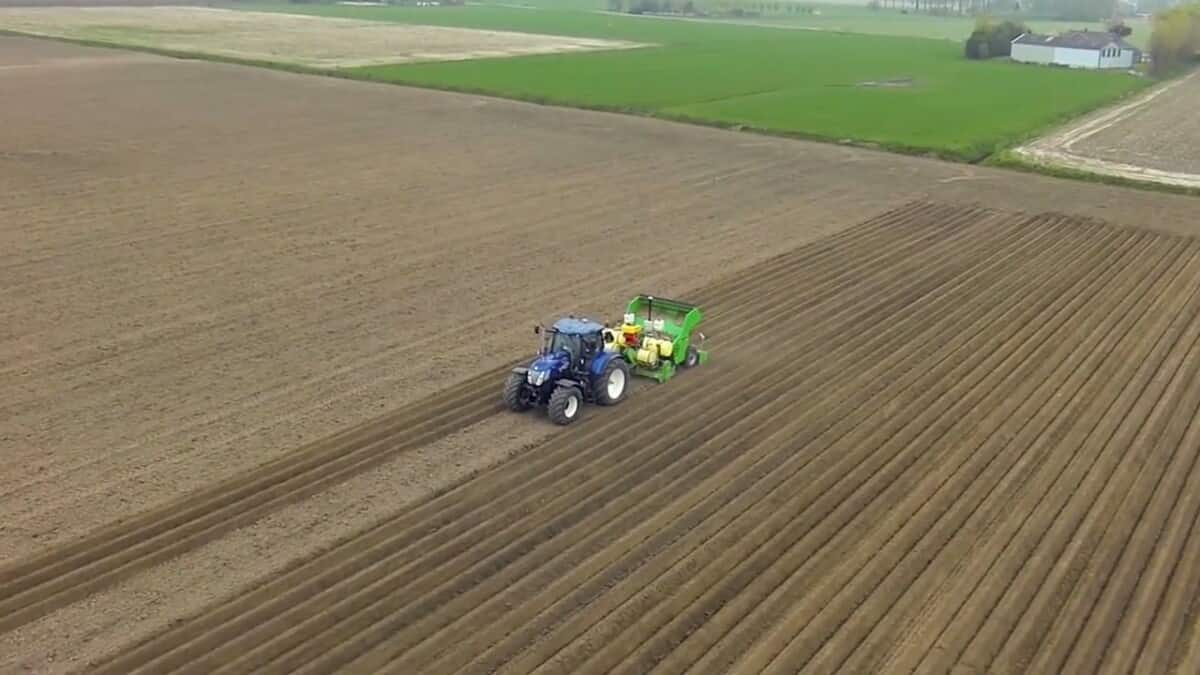It is an exciting & scary time to be a part of the agricultural industry. In simple economic terms, the demand for agricultural products (food & food products) is at an all time high & ready to shoot through the roof.
In the next 35 years, the world population is expected to increase by over half the current population to touch 9.6 billion. The agriculture industry is expected to produce more than ever before more efficiently, using lesser land & natural resources.
It is a challenging & scary prospect. Food production is expected increase by 70% to meet the demand of a growing population. This demand also comes with increasing market idiosyncrasies. Consumer demand in developed nations range from local grown to organic & non-gmo produce for grains & vegetables to free range, non pesticide, grass fed animal husbandry for meat. On the other end of the spectrum a few under developed countries are finding it hard to provide basic sustenance let alone have the resources for variable production.

One of the biggest contributors to achieve that diversity & efficiency in the industry: Technology.
These are 5 areas where technology can be applied to achieving that huge increase in production:
- Precision Agriculture/ Smart Farming: Smart Farming is an amalgamation of techniques & tools to create a semi automated, precise & efficient farming system. It involves use of sensors in land & air(drones) to estimate nutrition levels, wastage (weeds), moisture, soil quality, seed population and various other parameters to optimize farming techniques. It also involves use of connected autonomous vehicles including smart tractors, harvesters & other tools to create an automated farming process. These devices also help in reducing soil erosion, over farming/ excess fertilizer usage increasing output & efficiency. The final layer is a lot of data science and analytics being to understand farming efficiency, relating it with market requirements & areas for improvement. Telematics development also provide farmers with a Gods eye view of their farms, vehicles, fuel levels & other data on their mobile or laptop screens allowing to adjust & tweak techniques real time. In animal husbandry, animals & their health, behaviour & output (eg: Milk) is tracked using chips & implants.
- Biological & Genetic Engineering: Though frowned upon till a certain extent, GMO products increase efficacy in crops by being engineered to be resistant to pests, chemicals & environmental conditions (drought etc.). Between 1996 and 2013, the total surface area of land cultivated with GM crops increased by a factor of 100, from 17,000 square kilometers (4,200,000 acres) to 1,750,000 km2 (432 million acres). 10% of the world’s croplands were planted with GM crops in 2010.This increases yield rates of crops & reduces wastage increasing efficiency of agricultural output. There is also an evolution in biological growth enhancement & pest control as farmers look at more environmentally friendly ways to augment production. Bio fungicides, bio fertility products & performance enhancement products are already out in the market in developed countries. Another technology on the horizon is mini-chromosome tech. This technology constructs a mini chromosome that can stack over a 100 different traits in a single crop. Though under development, it represents a huge stride in engineered crops and could turn out to be the primary driver of new traits in crops in the future.
- Synthetic Biology: Synthetic biology is a broad redefinition of bio technology with an aim to design, program and create biological systems that produce food, energy and help in maintenance of the environment by using chemicals & materials available. A prime example of this is cultured meat. Cultured meat is a meat produced in a lab through cell culture and is not a part of any animal as such. Though in its early stages, once ready for the market, labs can look at supplementing the present agricultural industry with food produce for public consumption.
- Urban Farming Techniques: Urban farming techniques like vertical farming — farming in specially built skyscrapers using techniques similar to farming in glass houses will enable production in urban areas & confined spaces optimizing the resources available. This would also help in urban independence of food & reducing food transportation costs.
- Logistics & Transportation: Though outside the realm of agriculture specifically, this is as important as the other points mentioned above as there is a lot of produce wastage in agriculture in shipping & transportation. Determining efficient ways to store & transfer agricultural goods from one location to another would augur well in the future & help improve overall efficiency. There has been huge advances in this with specialised storage systems & vehicles being researched & developed specifically for the agricultural industry. But still a majority of produce is shipped in conventional modes of transport not uniquely built for the purpose. Ensuring mass market reach for these solutions will help the industry greatly.
Though there are a lot more sociological, administrative policy related objectives to take in to consideration to meet the challenge of demand in the future, these are probably the most important ways technology can help the industry work towards achieving that steep growth to keep in pace with the growth of our global population. The positive is that there are rapid strides being made already but they are not homogenous across the world or cost effective for most of the world. The hope is that agricultural tech reaches a tipping point where it is accessible to everyone or countries realise global cooperation is the only way forward to tackle this problem.

